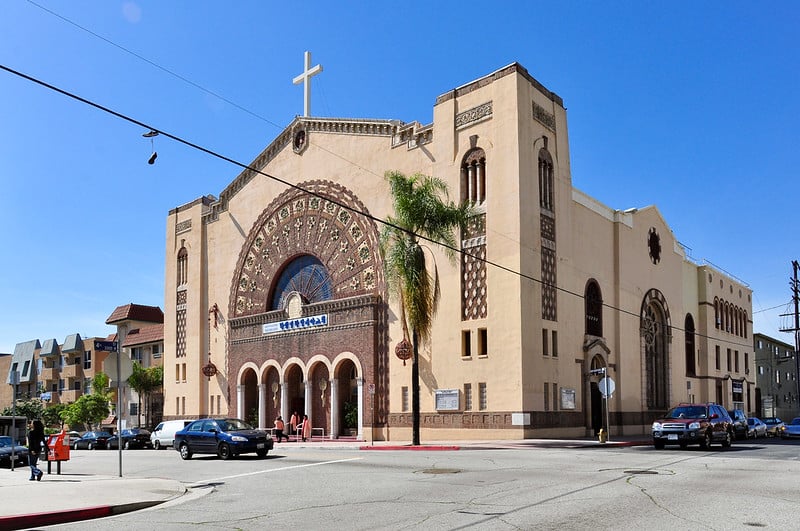Among members of the second generation of Korean immigrants to America, my story is not entirely uncommon. My mother and father immigrated to the states in 1979 and 1988, respectively, at which time they joined a Korean immigrant church in the suburban regions of Chicago to find a spiritual community of cultural connection and worship. Once they had children of their own, they eventually settled on one of these Korean immigrant churches, called Antioch Bible Church, wherein my siblings and I were spiritually raised. As young children, we were mostly under the care of volunteer leaders with a first generation background. But as we got older, and began developing a social and cultural consciousness of our own, we would go on to become part of an English ministry (comprised of the youth, college students, and young adults). Led by The Rev. Dr. Justin A. Bailey, a second generation Filipino-American, the English ministry was truly a gift for all of us.[1] It not only afforded the children of these Korean immigrants a space where we could grow in the Christian faith, but it also provided a ministry context where we could thoughtfully wrestle with our own dual Korean and American cultural identities, challenges, and experiences.
Login to read more
Sign in or create a free account to access Subscriber-only content.
Topics:
